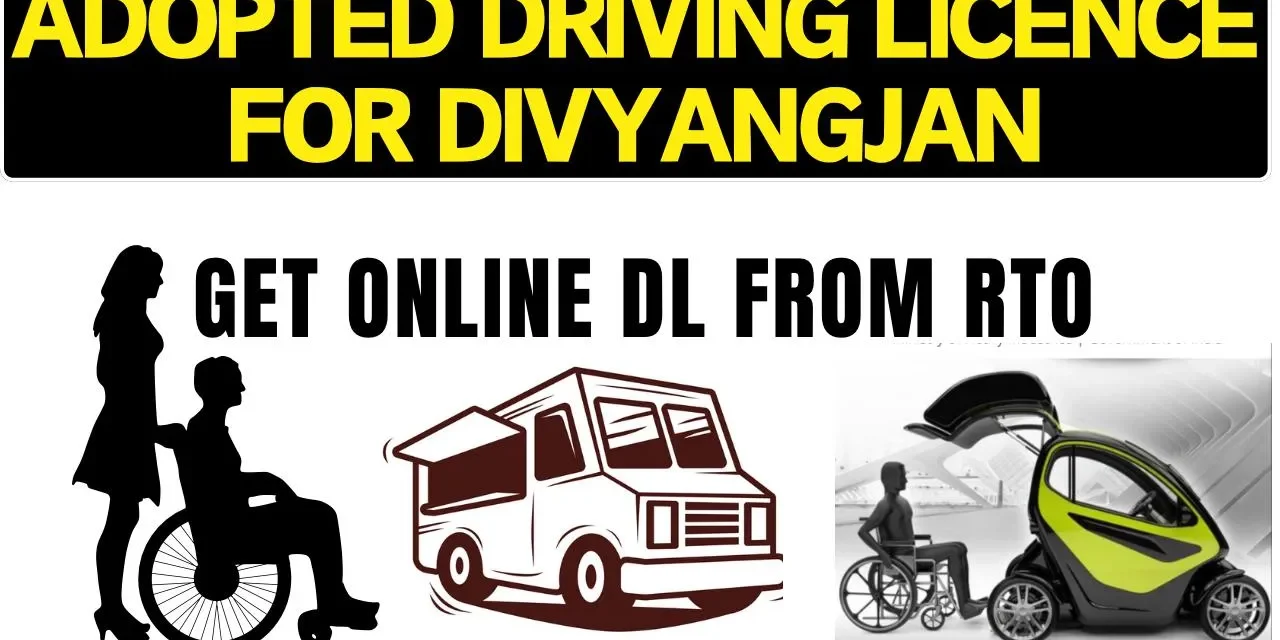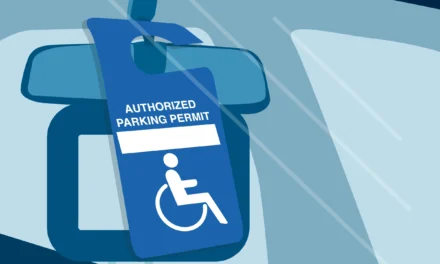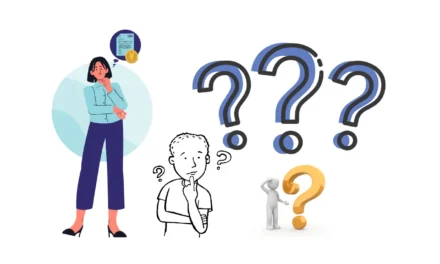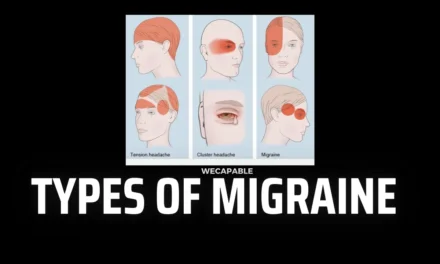Applying for a driving license as a physically handicapped person involves several steps to ensure that the vehicle and the driving conditions meet your needs. Here’s a general guide to help you through the process.
1. Assess Your Eligibility
Medical Assessment: You will need a medical certificate from a qualified doctor to confirm your fitness to drive and to specify any required modifications or adaptive devices for your vehicle.
2. Gather Required Documents
- Medical Certificate: Documenting your physical condition and fitness to drive.
- Proof of Identity: Such as a birth certificate, passport, or other government-issued ID.
- Proof of Residence: Utility bill, lease agreement, or similar documents.
- Proof of Age: A birth certificate or similar document.
- Passport-sized Photographs: Typically required for your application.
- Application Form: Obtainable from your local Motor Vehicle Department (MV Department) or online.
3. Contact the Local Motor Vehicle Department
- Special Requirements: Inquire about any specific requirements or additional forms for disabled drivers. Some jurisdictions may have special provisions or accommodations.
- Book an Appointment: Schedule a time to visit the licensing office. You may need to inform them in advance about your physical condition so they can provide appropriate assistance.
4. Vehicle Adaptations
- Assessment: Have your vehicle assessed for necessary adaptations. This might involve specialized controls or modifications to make driving possible for you.
- Certification: Obtain certification for these adaptations if required by local regulations.
5. Take the Driving Test
- Specialized Test: You may be required to take a driving test that accommodates your physical condition. This might be done using an adapted vehicle.
- Instructor Assistance: You might be allowed to use a driving instructor who is trained to assist individuals with disabilities where as you able to get driving license for physically handicapped.
6. Complete Training if Necessary
Driving Schools: Consider taking lessons with a driving school that specializes in training drivers with physical disabilities. They can help you become familiar with the necessary adaptations and ensure that you’re comfortable with them.
7. Submit the Application
- Fill Out Forms: Complete all required forms accurately.
- Pay Fees: There may be application fees and fees for any required tests or modifications.
- Submit Documents: Provide all required documents and forms to the licensing authority.
8. Receive Your License
- Approval: Once your application is processed and approved, you will receive your driving license. This may include a note about the need for vehicle adaptations or special conditions related to your physical condition.
Additional Tips
- Local Regulations: Regulations and processes can vary by location, so check with your local licensing authority for specific details.
- Legal Advice: If you encounter any difficulties or need further assistance, consider seeking advice from organizations that support drivers with disabilities.
By following these steps and ensuring you have the necessary adaptations and documentation, you can successfully apply for and obtain a driving license tailored to your needs.





